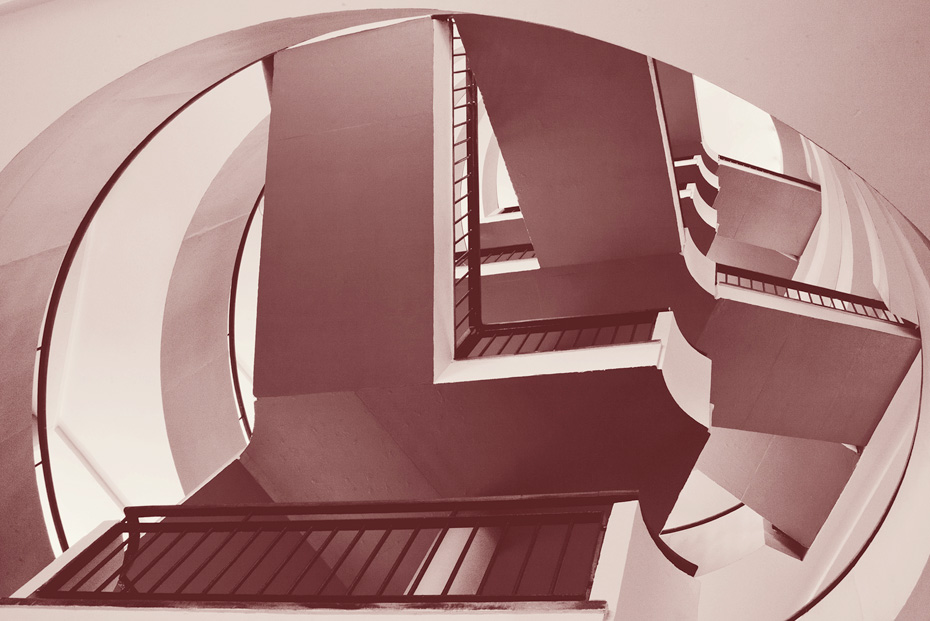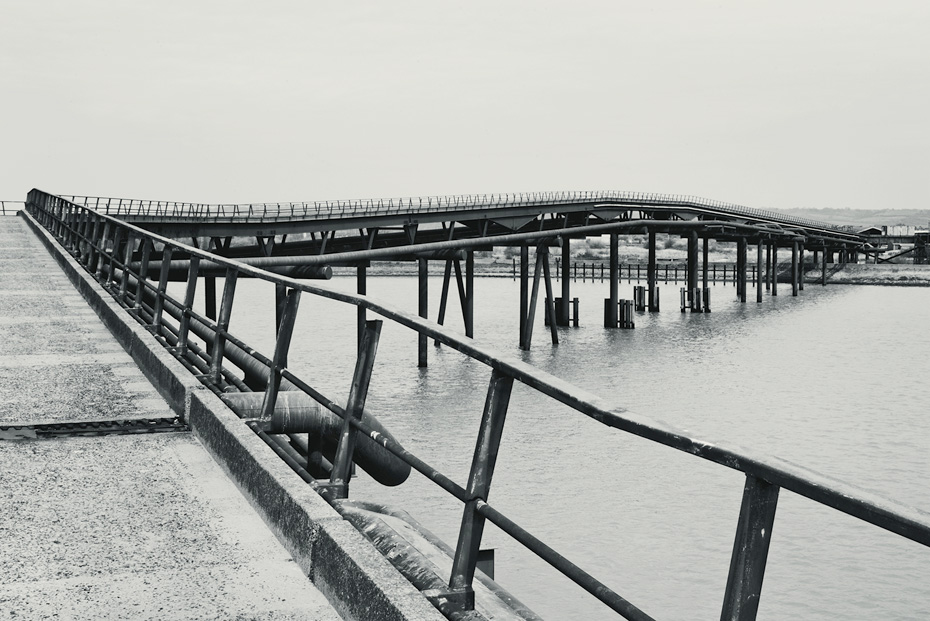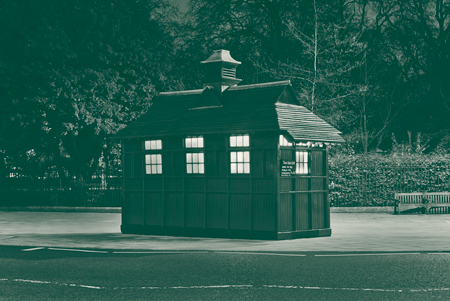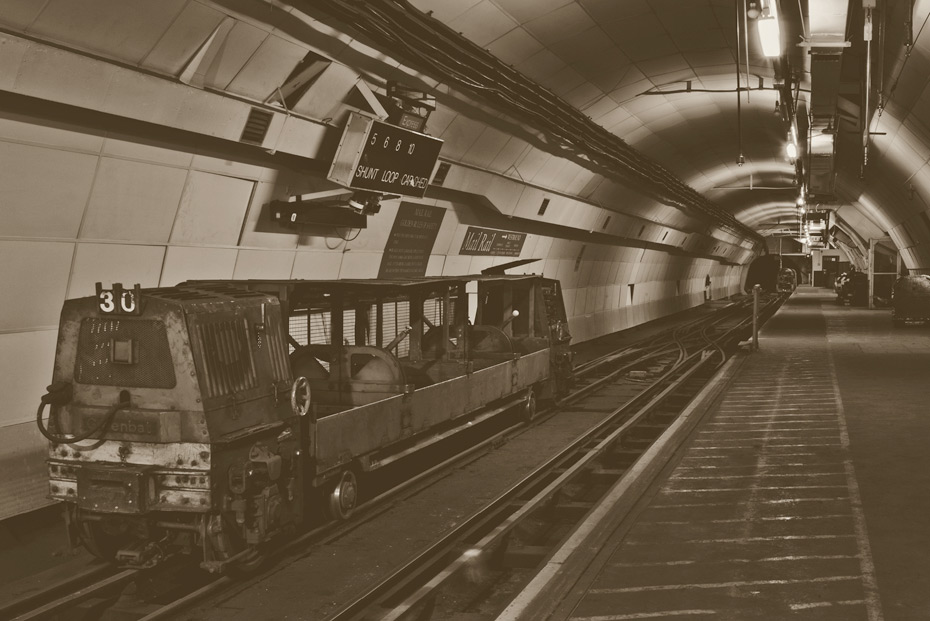Stephanie Kukulka looks at the new photographic exhibition at London’s Design Museum celebrating London’s extraordinary – but often overlooked – architectural structures

Photography Theo Simpson
Photographer Theo Simpson has a particular interest in what he describes as “roadside architecture”, making him the perfect candidate to photograph the Design Museum’s Lesser Known Architecture exhibition, which runs until 22 July. Along with creative partner, and exhibition designer, Ben McLaughlin, Simpson explains it was his previous work on Mass Observation, which “inspired the original series of buildings and structures that [he] passed regularly on the roadsides of the Yorkshire and Lincolnshire countryside”. Elias Redstone, freelance curator and co-founder of the London Architecture Diary, brought the idea to the Design Museum, with the belief that “the exhibition opens people’s eyes to what is around them and encourages them to become more curious about spaces and structures taken for granted.” With London’s Festival of Architecture spanning the month of June, the exhibition is a nod towards often overlooked architectural sites, buildings and subways, each of which have been nominated by architectural critics, and accompanied by personal anecdotes, explanations, and descriptions.
Bevin Court – a Modernist housing block located in West London – was chosen by BBC Culture Show architecture critic, Tom Dyckhoff. Simpson says, “The design [of the staircase] seemed totally out of place amongst very modest housing block it’s located in, and I think Tom captures this feeling well in his text: ‘We walked in and entered…what? Another universe. Another dimension.’ It reminds you that everyday design and architecture doesn’t have to be so bland: it can be beautiful, bold and unusual.”

The Guardian’s architecture and design critic Oliver Wainwright nominated the Cabmen’s Shelters. These green shed-like buildings were built as somewhere for Victorian cabmen to obtain food and refreshments, in the days when “cabs” referred to horse-drawn hansom cabs, and when 19th century legislation dictated they couldn’t be left unattended in the cab stand. Restricted to the dimensions of a single horse and cab, the small shelters are dotted around the streets of London, of which there are 13 remaining.The Occidental Oil Refinery Jetty was nominated by Owen Hatherley, also from The Guardian, which Simpson describes as “a more somber narrative of truly forgotten architecture”. One of the longest jetties in Europe, it stands as the only remaining evidence of the Occidental Oil Refinery which was abandoned in the mid-70s, before completion. The jetty “is something I’d never imagined would even exist” says Simpson. “A mile of concrete running out to the sea; functional engineering and design on a grand scale now just left there, forgotten, slowly rotting away.”

 The Mail Rail – the world’s first driverless electrified underground railway, used to transport mail between London sorting offices – was nominated by Ellie Stathaki of Wallpaper*. “Getting access [to it] was a real privilege,” Simpson adds, a sentiment echoed by Redstone, who notes this to be one of his favourite locations. “It’s an incredible piece of infrastructure below our feet , so few people even know exists.”Simpson says that during his preparation, “I had to research each building from scratch, to find out how it fitted into the landscape, whilst also gauging any issues regarding access and viewpoints. However sometimes due to access you are forced to re-think ”.
The Mail Rail – the world’s first driverless electrified underground railway, used to transport mail between London sorting offices – was nominated by Ellie Stathaki of Wallpaper*. “Getting access [to it] was a real privilege,” Simpson adds, a sentiment echoed by Redstone, who notes this to be one of his favourite locations. “It’s an incredible piece of infrastructure below our feet , so few people even know exists.”Simpson says that during his preparation, “I had to research each building from scratch, to find out how it fitted into the landscape, whilst also gauging any issues regarding access and viewpoints. However sometimes due to access you are forced to re-think ”.
In order for the images to be as neutral as possible, when approaching each site Simpson was careful to operate more like a surveyor reproducing a reference document: “The intention was to let the building reveal itself rather than being superior to the site and asserting its status.” As a result, it is the printing process “that draws attention to the intricacies and considerations of each site,” claims Simpson, adding, “the use of a single-colour print, referenced by some part of the site is a critical part of the concept and when hung together places more emphasis on each one.”
Lesser Known Architecture runs until 22 July at London’s Design Museum, with free admission




